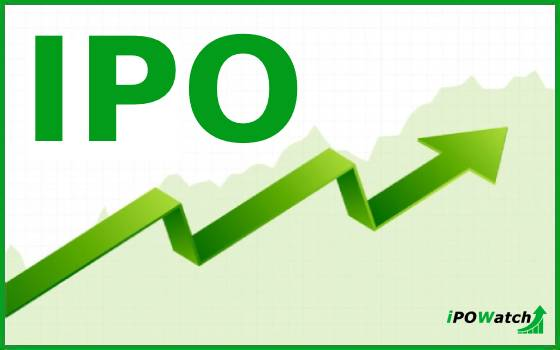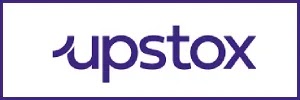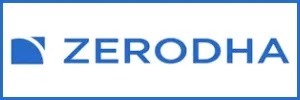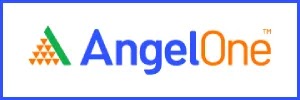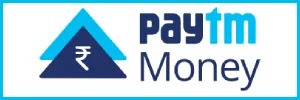By Amy Bickers
India is one of the great economic growth stories of the 21st century. The nation has undergone an astonishing transformation over the past 17 years, as the government has shifted away from socialism and opened and reformed its economy. Today, India (along with China) is one of the fastest-growing countries in the developing world.
India’s powerful economic growth, coming from expansion in both services and manufacturing, is a strong indicator of its burgeoning economic clout. According to the government, gross domestic product in India expanded by 9.6% in 2007 and 9.4% in 2006, helping to make the economy the world’s 12th largest.
Fueling the expansion has been rapid growth in services, including call centers, software design and back-office out-sourcing. The ability of Indian companies to design and produce well-made goods at a fraction of U.S. costs has also helped India become a major exporter.
The booming economy, hefty corporate profits and an unprecedented flow of foreign investment have propelled a spectacular surge in Indian share prices. Over the past five years through February 20, the Bombay Stock Exchange’s 30-stock Sensitive Index, or Sensex, returned an annualized 40% (that return is in India’s currency, the rupee). Real estate, banking and information-technology stocks have been at the forefront of the boom.
The outlook for the Indian economy remains bright, but the picture for Indian stocks is murkier. Volatility has increased amid concerns about the global credit crunch and the rupee’s strength against the dollar, which hurts Indian exporters. Year-to-date through February 20 the Sensex has lost 13%.
Meanwhile, the fund industry is supplying U.S. investors with an expanding range of choices for investing in India. The first of two exchange-traded funds that focus on India is due to launch on February 22, and the second one is expected to follow quickly.
ETFs, which trade just like stocks, are funds that hold pools of securities and are designed to follow a specific index. They include mechanisms designed to keep the funds’ share prices close to the value of their underlying assets.
Emerging from the gate first is WisdomTree India Earnings. Relative stock weightings in this ETF, like others from WisdomTree, will be based on a company’s earnings rather than market capitalization. The ETF (symbol EPI) will draw from a universe of 150 profitable Indian companies that WisdomTree will reviewed annually.
WidsomTree’s research director, Luciano Siracusano, says it’s important for investors to consider the fund in the context of their overall investment plan. “People need diversity by having exposure around the world,” he says. “But investing in India and other emerging markets should be done in the context of a larger global asset allocation model.”
Also due out soon is PowerShares India Portfolio ( PIN). This ETF, which is scheduled to start trading before March 1, will track an index of 50 stocks developed by Indus Advisors. The index is designed to represent the overall Indian stock market.
Exchange-traded notes are similar to ETFs. But instead of owning a basket of stocks, as ETFs do, ETNs are a type of debt instrument that’s linked to the performance of an underlying index.
The iPath MSCI India ETN ( INP), tracks a group of 62 Indian stocks. But because of a decision by Indian securities regulators, this ETN’s sponsor, Barclays Bank, cannot issue more shares. As a result, the ETN now trades like a closed-end fund (see more on closed-ends below).
The ETN had a great run in 2007, but ’08 has been a stinker. The stock, which closed at $76.38 on Feburary 21, is 35% off the $118 intra-day high it hit on January 14.
For investors who want a traditional open-end fund, all but one of the five choices are unattractive because they levy sales charges. The exception is the no-load Matthews India fund ( MINDX). In 2006, its first full year, the fund returned 36%, compared with a 51% gain for the SENSEX (in dollar terms). In 2007, Matthews India soared 64%, trailing the index by three percentage points.
So far, 2008 has been difficult. The fund has lost 17% year-to-date through February 21. Co-manager Sharat Shroff attributes the drop to the fund’s heavy weighting in consumer stocks, which have performed poorly recently. “People in India are buying cars and cell phones and taking out mortgages for the first time and we are focused on that domestic consumption,” says Shroff.
Key holdings include Infosys Technologies ( INFY), a technology outsourcing company; Dabur India, a healthcare company; and wireless-phone service provider. Matthews India requires $2,500 to start. It carries a reasonable annual expense ratio of 1.41%, and charges a 2% redemption fee on shares sold within 90 days of purchase.
The only other open-end fund with a track record of at least a year is Eaton Vance Greater India. Its class A shares ( ETGIX), which levy a front-end sales charge of 5.75%, have returned an annualized 45% over the past five years through February 20. Top holdings include industrial materials giant Reliance Industries and HDFC Bank.
Investors can also buy into India through two closed-end funds. Closed-ends issue a set number of shares and then trade just like stocks. Supply and demand determine the price of closed-end shares, which typically trade above or below the underlying value of the funds’ assets.
Both India closed-ends earned astronomical returns in 2007. On the basis of its net asset value (NAV) per share, Morgan Stanley India Investment fund ( IIF) soared 70% in 2007, while its share price jumped 50%. Over the past five years through February 15, the fund gained 48% annualized on assets and 51% annualized on the basis of its share price.
But the fund’s NAV has dropped 16% so far this year, and its share price has fallen 20%. As of February 20, the fund, which closed that day at $43.40, sold at a 5.9% discount to NAV. The fund’s annual expense ratio is 1.35%.
The performance of India fund ( IFN) has been similar. Over the past five years through February 15, it returned 44% annualized on assets and 46% annualized on its shares. Year-to-date, the fund has dropped 15% and 16% on NAV and share price, respectively.
The fund, which carries an expense ratio if 1.41%, recently sold for a 5% discount to NAV. The shares closed at $52.47 on February 20.
Source : washingtonpost.com

